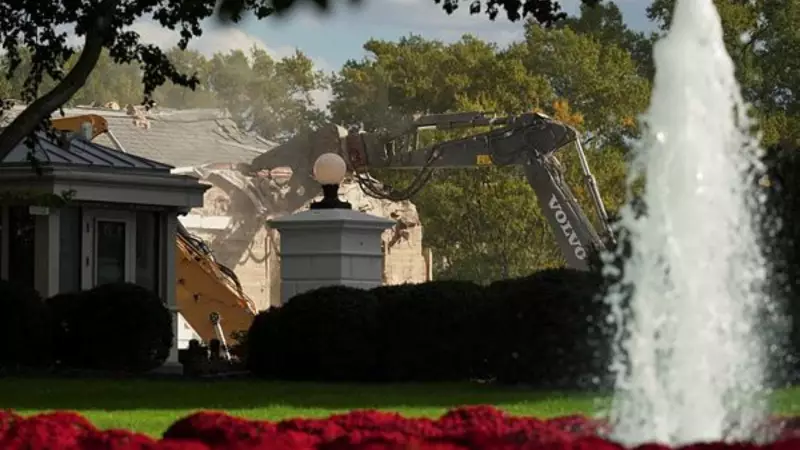
In a move that's generating significant buzz in political circles, former President Donald Trump is spearheading a monumental $250 million renovation project for the White House ballroom. This ambitious undertaking, entirely funded through private donations, represents one of the most expensive proposed renovations in the historic building's history.
The Funding Mystery: Private Dollars for Public Space
Unlike typical government-funded White House projects, this massive renovation relies completely on private contributions. The $250 million price tag is being covered by Trump's network of wealthy donors, raising questions about the influence of private money on public institutions. The complete reliance on private funding sets a notable precedent for future presidential projects.
Timing and Political Implications
The announcement comes at a particularly sensitive political moment, as Trump positions himself for another potential presidential run. Critics argue the timing is strategically designed to maintain visibility and demonstrate continued influence within Republican circles. The project serves as a powerful symbol of Trump's ongoing presence in American politics.
Historical Context and Precedents
While White House renovations are common during presidential transitions, the scale and funding mechanism of this project are unprecedented. Previous major renovations, including those undertaken by Harry Truman and Theodore Roosevelt, were primarily funded through congressional appropriations rather than private donations.
What the Renovation Entails
The project focuses on completely transforming the White House ballroom, one of the building's most iconic spaces used for state dinners and ceremonial events. While specific design details remain under wraps, sources indicate the renovation will incorporate gold leaf elements, custom crystal chandeliers, and state-of-the-art audio-visual systems.
Ethical Considerations and Public Reaction
The project has sparked debate about the ethics of private funding for public buildings and whether such substantial private investment in the White House creates potential conflicts of interest. Public reaction has been divided along political lines, with supporters praising the private funding approach and critics questioning the necessity and timing of such an expensive project.
The $250 million ballroom project represents more than just a physical renovation—it's a political statement that underscores Trump's unique approach to governance and his continued influence on the American political landscape.





